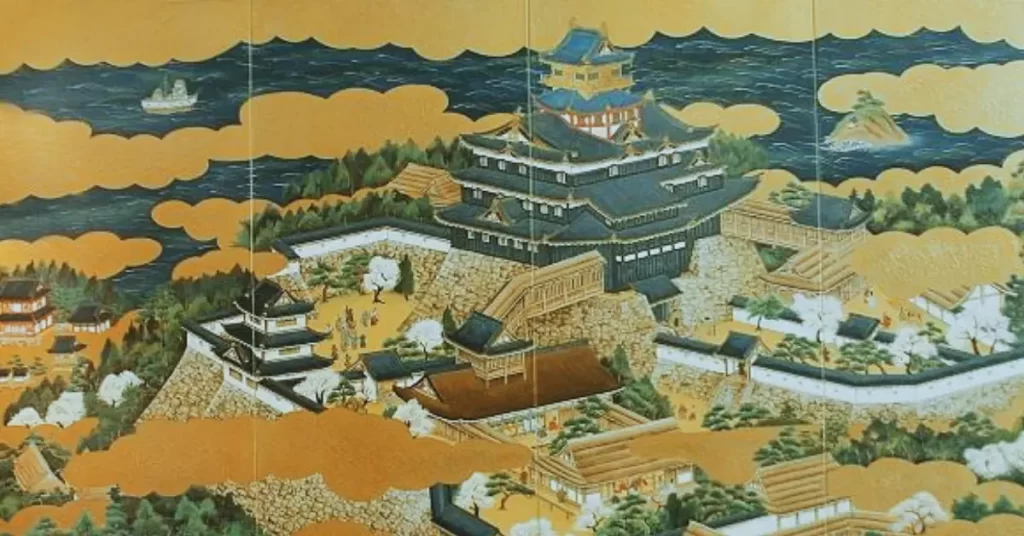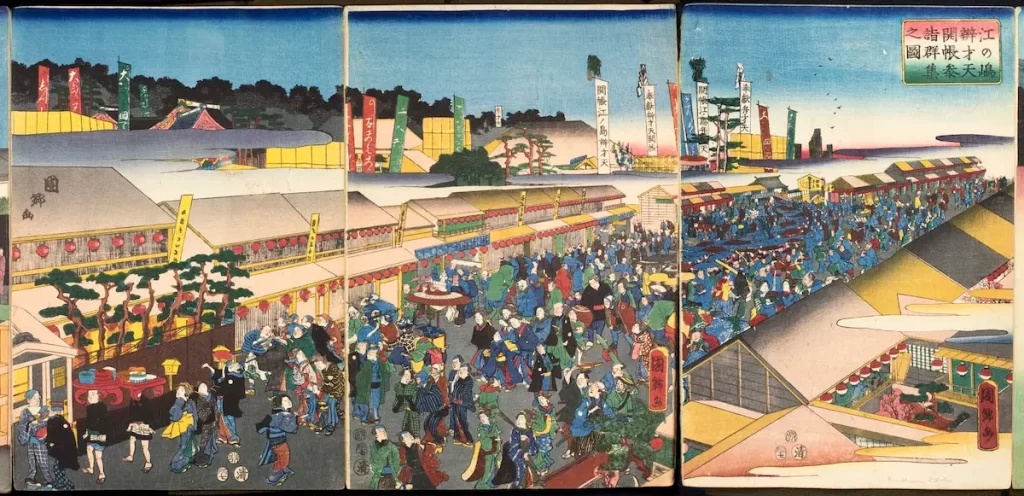Azuchi-Momoyama Period – Unification of Japan

The Azuchi-Momoyama period, from 1573 to 1603, witnessed a pivotal transformation in Japan’s history. This era marked the end of the divisive Sengoku period and the dawn of unification under a central authority. Through the military prowess and strategic acumen of key figures such as Oda Nobunaga, Toyotomi Hideyoshi, and Tokugawa Ieyasu, Japan’s disparate feudal states were consolidated. Explore the climactic battles and power shifts that led to the Tokugawa shogunate’s rise and Japan’s unification.
Edo Period – Peace under Tokugawa and End of the Samurai Era

The rule of the Tokugawa shogunate marked the Edo Period from 1603 to 1868. It was a time of peace, cultural prosperity, and social order, characterized by the strict Japanese caste system and the seclusion policy of sakoku. However, it was also the era that witnessed the decline of the samurai class and set the stage for Japan’s emergence into the modern world. This period concluded with the Meiji Restoration, which led to the end of feudal Japan and the beginning of a new, industrialized nation. In this article, we will explore the intricacies of the Edo Period, from its societal norms and cultural achievements to the political shifts that led to the dawn of a new age in Japanese history.
